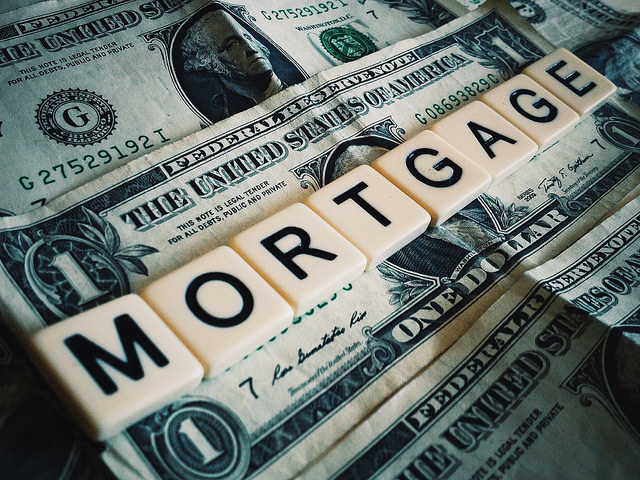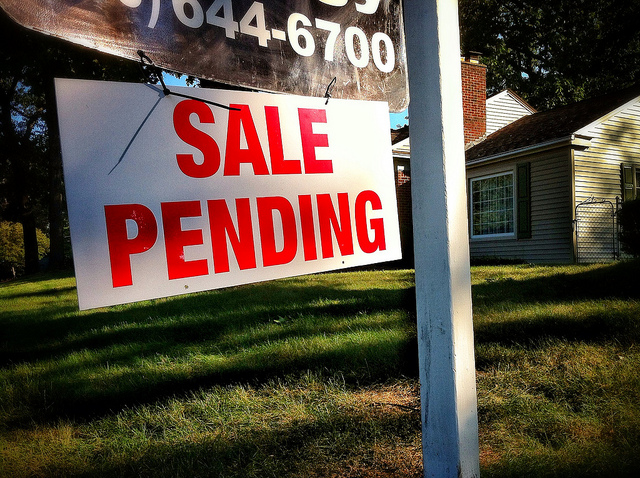According to the Mortgage Bankers Association’s Weekly Applications Survey, average mortgage rates were mostly flat last week, with rates for 30-year fixed-rate loans with conforming loan balances and 15-year fixed-rate mortgages both unchanged from one week earlier. Rates for jumbo loans and those backed by the Federal Housing Administration were up slightly in last week’s survey. Joel Kan, MBA’s associate vice president of industry surveys and forecasting, told CNBC mixed economic news led to an up-and-down week for mortgage rates. “It was an up-and-down time for rates last week in response to mixed economic news coupled with the Fed’s FOMC statement,†Kan said. “The statement outlined a mostly healthy outlook, with a slight concern over inflation and the news that balance sheet reduction could begin ‘relatively soon.’†But despite still low rates and the generally upbeat economic outlook, overall mortgage demand fell 2.8 percent, with refinance activity down 4 percent and demand for loans to buy homes 2 percent below the previous week’s results. The MBA’s weekly survey has been conducted since 1990 and covers 75 percent of all retail residential mortgage applications. More here.






